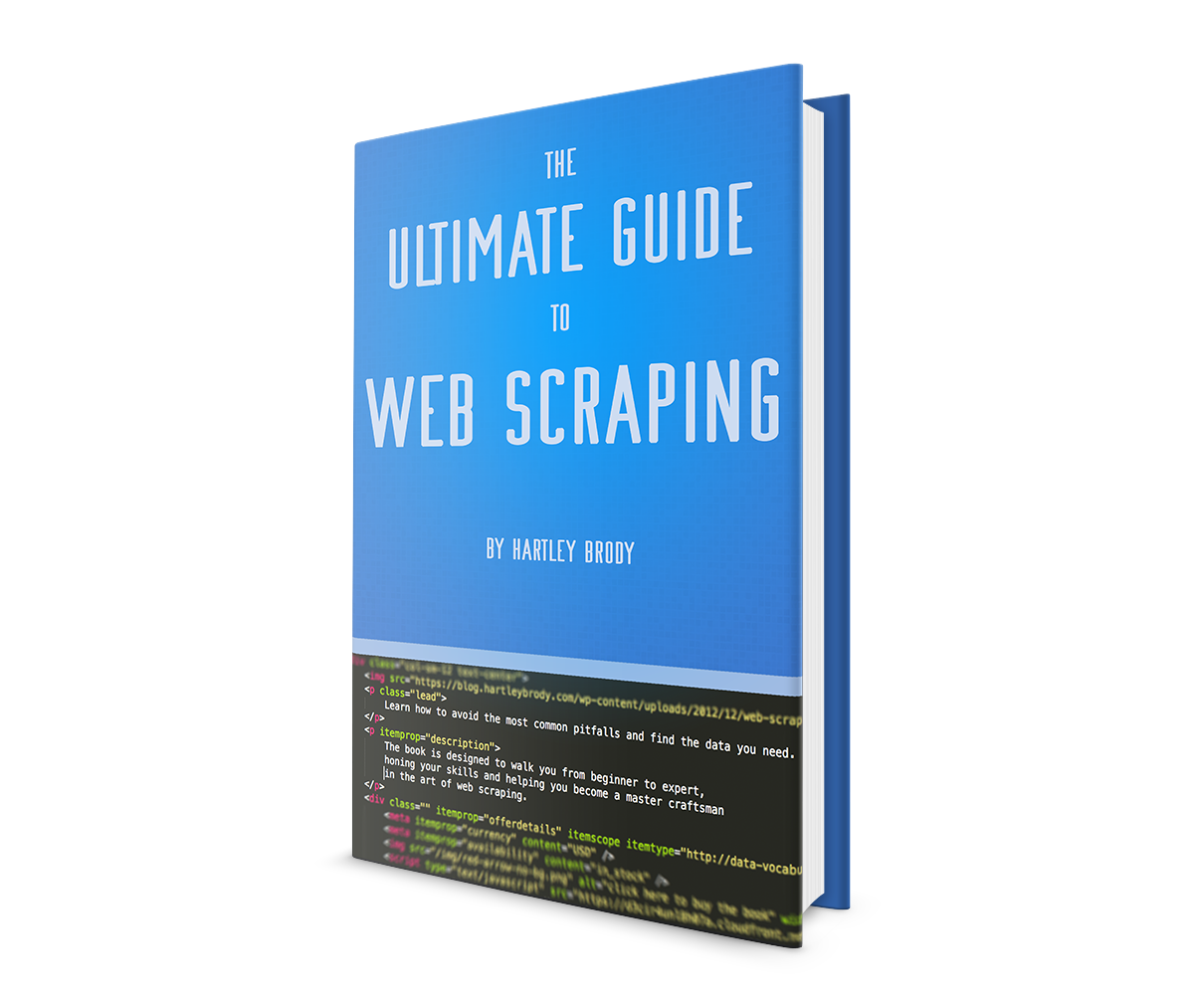Password Security for the Average User
 Yesterday, news broke that millions of encrypted LinkedIn passwords were leaked and posted on Russian website. And today, eHarmoney confirmed a password leak, and the popular music service last.fm just announced they’re investigating a similar leak.
Yesterday, news broke that millions of encrypted LinkedIn passwords were leaked and posted on Russian website. And today, eHarmoney confirmed a password leak, and the popular music service last.fm just announced they’re investigating a similar leak.
Now is probably a good time to update the passwords on all of your accounts.
A lot has been written about how developers can secure their applications to keep their users’ information safe.
But what about the users themselves?
We all use dozens of password-protected services from Twitter and Facebook to corporate email and online banking. What can we do to help ensure no one else accesses our accounts?
 Every single time you explain your startup to someone, you’re pitching it.
Every single time you explain your startup to someone, you’re pitching it. One of the trends I’ve noticed recently is that a lot of these conversations gravitate towards finding technical people.
One of the trends I’ve noticed recently is that a lot of these conversations gravitate towards finding technical people. There is a great community around Python with
There is a great community around Python with  I posted
I posted 
 I’m going to live tweet the shit out of this meeting</div>
I’m going to live tweet the shit out of this meeting</div>
 The lovably geeky
The lovably geeky 